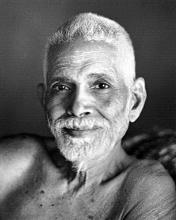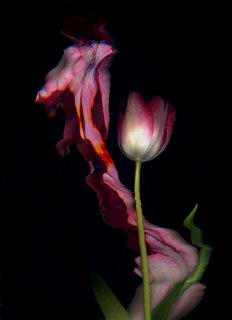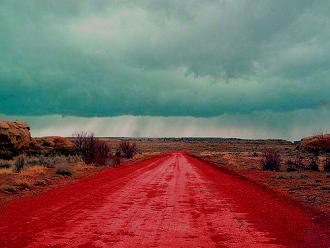THE ESSENCE OF RIBHU GITA
"THE ESSENCE OF RIBHU GITA" here preceded by "A Story of Sage Ribhu & his Disciple Nidagha" (Chapter 26 of the Ribhu Gita) as told by Sri Ramana Maharshi (1879-1950)
 |
The Sage Ribhu taught his disciple the supreme Truth of the One Brahman (Pure Consciousness) without a second. However, Nidagha, in spite of his erudition and understanding, did not get sufficient conviction to adopt and follow the path of Self-Knowledge (Jnana Yoga), but settled down in his native town to lead a life devoted to the observance of ceremonial religion (Bhakti Yoga). But the Sage loved his disciple as deeply as the latter venerated his Master. In spite of his age, Ribhu would himself go to his disciple in the town, just to see how far the latter had outgrown, his ritualism. At times the Sage went in disguise, so that he might observe how Nidagha would act when he, did not know that he was being observed by his Master. On one such occasion Ribhu, who had put on the disguise of a village rustic, found Nidagha intently watching a royal procession. Unrecognized by the town-dweller Nidagha, the village rustic enquired what the bustle was all about, and was told that the king was going in the procession.
“Oh! it is the king. He goes in the procession! But where is he?” asked the rustic. “There, on the elephant,” said Nidagha. “You say the king is on the elephant. Yes, I see the two,” said the rustic, “but which is the king and which is the elephant?” “What!” exclaimed Nidagha. “You see the two, but do not know that the man above is the king and the animal below is the elephant? What is the use of talking to a man like you?” “Pray, be not impatient with an ignorant man like me,” begged the rustic. “But you said above and below— what do they mean?”
Nidagha could stand it no more. “You see the king and the elephant, the one above and the other below. Yet you want to know what is meant by 'above' and 'below'” burst out Nidagha. “If things seen and words spoken can convey so little to you, action alone can teach you. Bend forward, and you will know it all too well.” The rustic did as he was told. Nidagha got on his shoulders and said: “Know it now. I am above as the king, you are below as the elephant. Is that clear enough?” “No, not yet,” was the rustic's gentle reply. “You say you are above like the king, and I am below like the elephant. The 'king', the 'elephant', 'above' and 'below'— so far it is clear. But pray, tell me what you mean by 'I' and 'you'?”
When Nidagha was thus confronted all of a sudden with. the mighty problem of defining a 'you' apart from an 'I', light dawned on his mind. At once he jumped down and fell at his Master's feet saying: “Who else but my venerable Master, Ribhu, could have thus drawn my mind from the superficialities of physical existence to the true Being of the Self? Oh! Gracious Master, I crave thy blessings”








